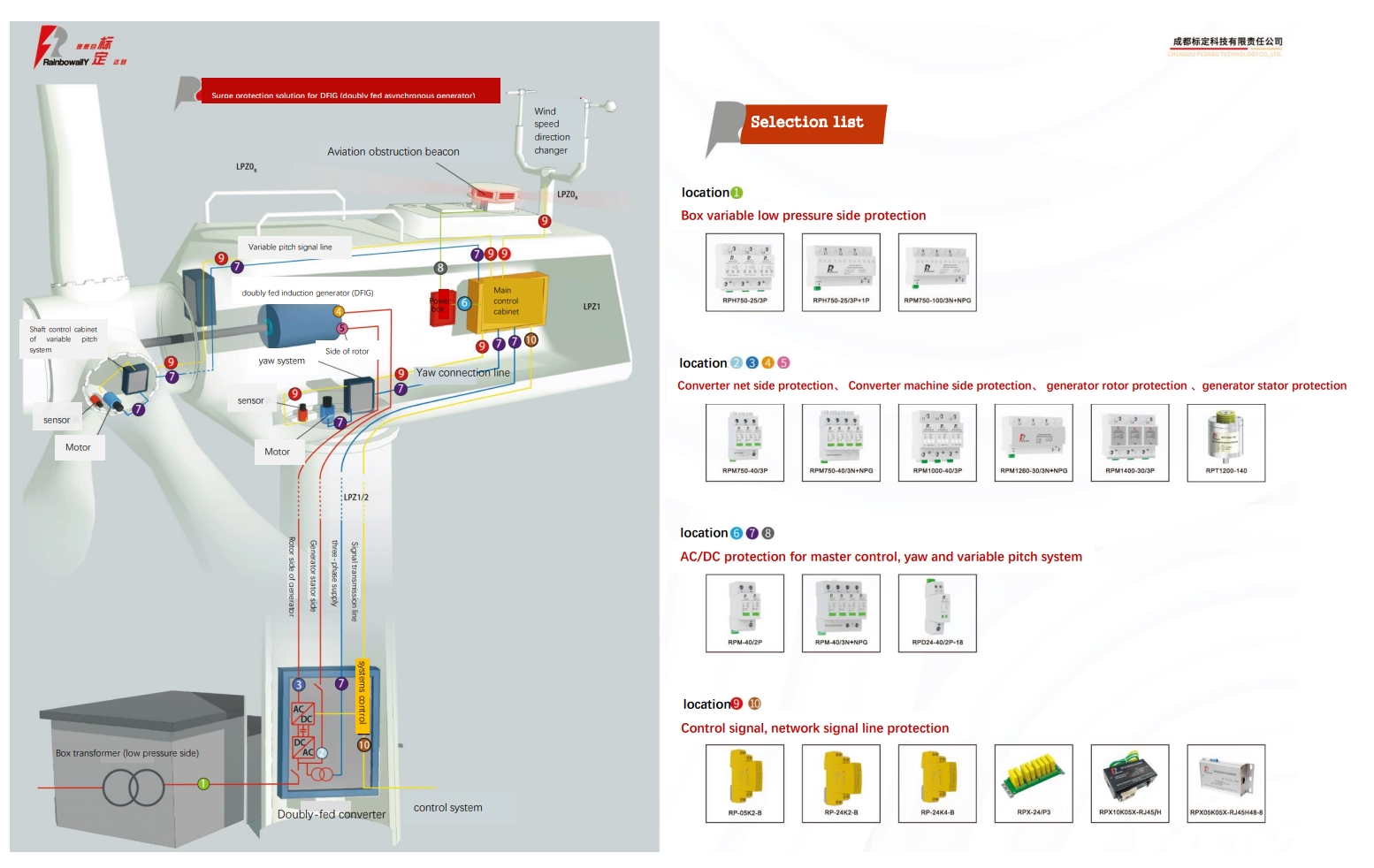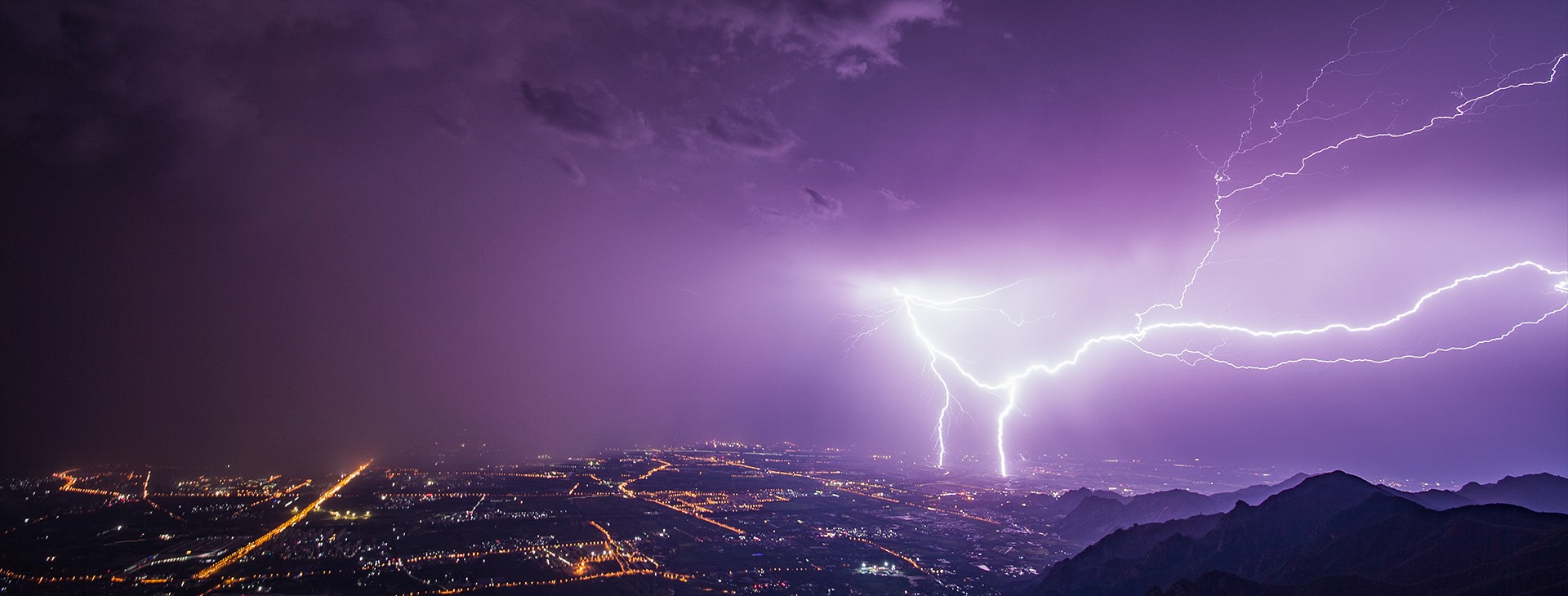

- Home
- About
-
Product
- T1 Power Surge Protective Device
- T2 Integrated Surge Protective Device
- T2 Anti-loose Surge Protective Device
- 1U Panel Plug Surge Protective Device
- Photovoltaic Surge Protective Device
- Signal Type Surge Protective Device
- LED Outdoor Lights Surge Protective Device
- On board Surge Protective Device
- Wind Power Surge Protective Device
- Application
- Support
- Contact
Wind Power Generation
Wind turbines are usually located in open areas with rich wind resources, such as onshore power generation in prominent terrain such as ridges, and offshore power generation is usually located in areas with high flash density such as near the coastline. At the same time, the fan blade can induce and trigger the uplink pilot and actively connect the downlink pilot under the lightning electromagnetic field environment, which greatly increases the probability of lightning strike on the blade. The annual average number of lightning strikes in all wind turbines is higher than that in other areas.
Compared with direct lightning strike, the indirect effect of lightning strike -- lightning electromagnetic pulse has a greater risk to the electrical and control system of the fan. The main reasons are as follows: the probability of lightning strike the fan blade is high, and the radiated electromagnetic field can cover the whole wind farm; Low anti-interference ability of main control, variable pitch, yaw and other sensitive equipment operating system; Equipment components withstand lightning electromagnetic pulse ability is weak, prone to breakdown or insulation damage; Fan line transmission distance is long and open, electromagnetic, capacitor, inductor induction overvoltage is large. At present, the most economical, effective and reasonable method is to install surge protectors with graded protection and energy coordination matching the tolerance capacity of the protected equipment and the anti-interference degree of the system at the interface of the lightning protection zone or the front end of the protected equipment.



